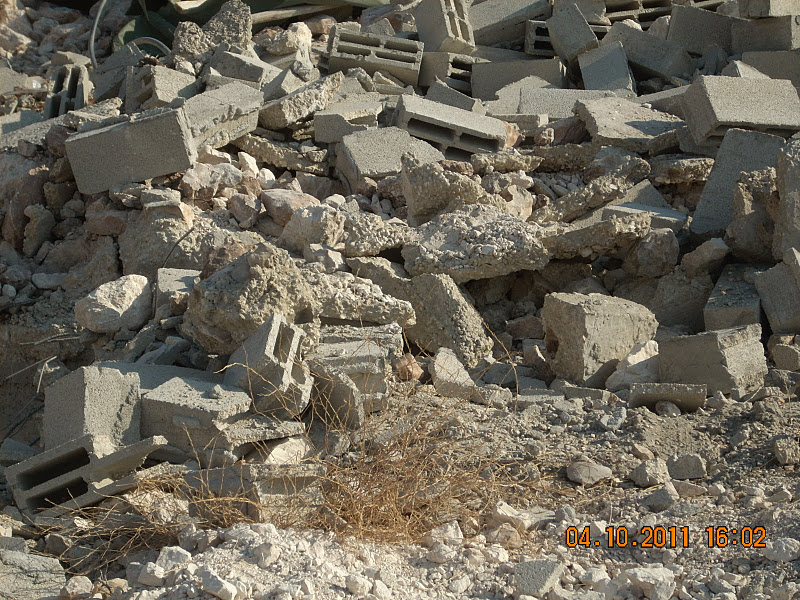-
Gaza: Planting in something dead
5 October 2011 | International Solidarity Movement, Gaza Around Gaza is a 300 meter “buffer zone,” a no go zone, a land of death. Gaza is not just a prison, it is a shrinking prison. Every time that Israel expands this zone, Gaza gets a little smaller. Every Tuesday, the Beit Hanoun Local Initiative and […]
-
Hebron in solidarity with prisoners on hunger strike for rights
3 October 2011| International Solidarity Movement, West Bank On the sixth day of the hunger strike of Palestinian prisoners in Israeli jails, major political factions joined in Hebron and united in support for human rights for Palestinian prisoners in Israeli prisons, victims of Israeli collective punishment tactics. On Tuesday the 27th of September, an open-ended […]
Action Alert An Nabi Saleh Apartheid Wall Arrests BDS Bethlehem Bil'in Cast Lead Demonstration Denial of Entry Ethnic Cleansing Farmers Gaza Global Actions Hebron House Demolition International law Israeli Army Jerusalem Live Ammunition Nablus Ni'lin Prisoner Ramallah Rubber-coated steel bullets Settlement Settlers Settler violence Tear-Gas Canister Video


